#philosophy
Text

- A message from 23 nights temple -
“No matter who you are, if you live in this world, someone loves you and someone hates you.”
-二十三夜堂からのメッセージ-
”どんな人でも、生きていれば、誰かに愛され、誰かに嫌われているものです。”
112 notes
·
View notes
Quote
The person who lives without folly is not as wise as he thinks.
François de La Rochefoucauld, Moral Reflections
97 notes
·
View notes
Text
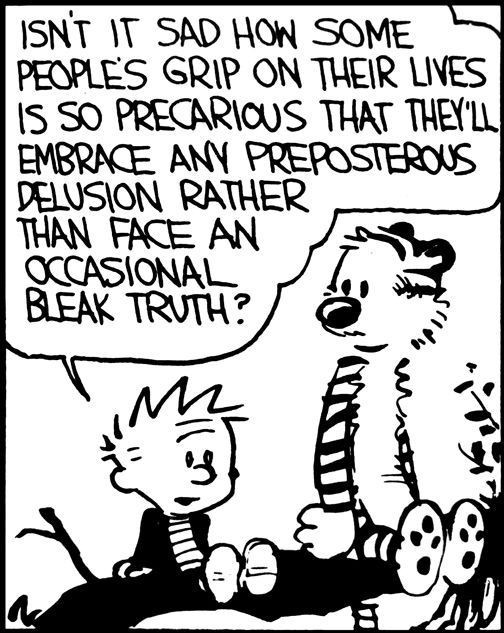
#calvin and hobbes#aesthetic#quotes#dark acadamia aesthetic#dark academia#light academia#writing#philosophy#academia#words#art#comics#comic art#truth#delusion#quote#life quote#life#chaotic aesthetic#chaotic academia#literature
56 notes
·
View notes
Text
https://mary-580.mjcyd.asia/kh/L4qDYZM
https://mary-580.mjcyd.asia/kh/L4qDYZM
#elsa hosk#agere little#10 things i hate about you#zouis#the x files#self ship#succulents#anna akana#robot#philosophy#techno#kendall jenner#healthy lifestyle#honey gold#linguistics
138 notes
·
View notes
Text
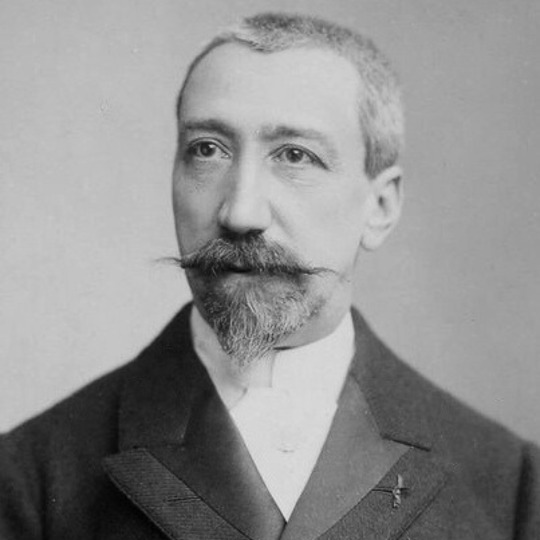
“To accomplish great things we must not only act, but also dream; not only plan, but also believe.”
— Anatole France
#anatole france#literature#lit#literature lover#literature quote#literature quotes#french literature#philosophical#philosopher#philosophers#philosophy of life#philosophy quote#philosophy quotes#quote#philosophy#quotes#excerpts#excerpt#quoteoftheday#booklover#book#bookworm#books#booklr#book quotes#book quotations
32 notes
·
View notes
Text
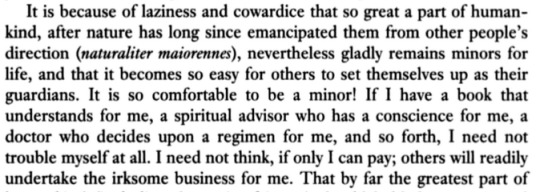
'I need not think, if only I can pay' mr kant you didn't have to snatch their wigs like that!!!
#stopped me in my tracks. understandable & true kant quotes: they do exist!#immanuel kant#philosophy#quotes
38 notes
·
View notes
Text
I'm so utterly & so completely obsessed with you, my lighthouse,
always searching, yet never finding, to seek is to remain hopeful:
beneath the fragments, the chalice of trust dwells much deeper,
& the loyalty I have for you is something so pathetically single;
am I good enough for you to stick by through the rainstorms?
#poetry#spilled thoughts#dark academia#dark prose#trauma#drugs#depression#alchemy#mental illness#art#mental health#spirituality#sad#introspection#liturature#tw#me#voidic3ntity#life is strange#pain#stoned#poets on tumblr#darkness#original#poem#life#death#poetic#philosophy#escapril
48 notes
·
View notes
Text
Revolutionary research unveils the burial site of the great philosopher Plato in Athens, shedding new light on his life and the history of his Academy.
28 notes
·
View notes
Text

Simone de Beauvoir, the day of the Prix Goncourt, next to a window writing, Paris, 1954. Gisele Freund.
Gelatin silver.
#black and white#photography#fotografia#fotografie#foto#Simone de Beauvoir#1950#light#composition#vintage#writer#philosophy
38 notes
·
View notes
Text

#self#philosophy#cosmos#astronomy#science#social media#universe#wrong hands#john atkinson#webcomic#cosmic perspective#existentialism#technology
35 notes
·
View notes
Quote
Men respond only faintly to the horrors that take place around them, except at moments, when the savage, crying incongruity and ghastliness of our condition suddenly reveals itself vivid before our eyes, and we are forced to know what we are. Then the ground slides away from under our feet.
Lev Shestov, All Things Are Possible
75 notes
·
View notes
Text
#life wisdom#philosophy#literature#words#life quotes#poetry#love quotes#poem#qoutes#knowledge#reading#goals#strength
32 notes
·
View notes
Text
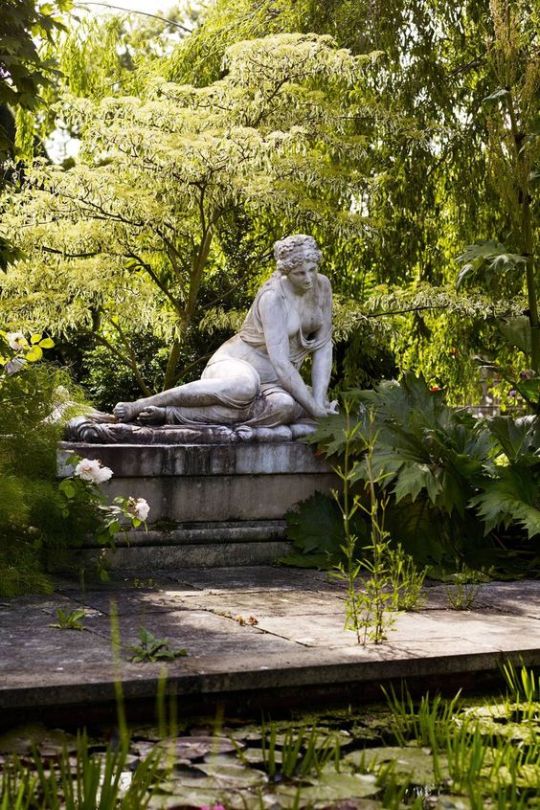
...a garden to dream in, what more could you ask for?...
25 notes
·
View notes
Text
you cannot prevent tragedy, but you can try.

Someone ask me about the symbol on his jacket
#symbolism art#symbolism#generator rex#generatorrex#comics#rex salazar#art#generator rex fanart#rex salazar fanart#philosophy
35 notes
·
View notes
Text
Love is a state of Being. Your love is not outside; it is deep within you. You can never lose it, and it cannot leave you. It is not dependent on some other body, some external form. In the stillness of your presence, you can feel your own formless and timeless reality as the unmanifested life that animates your physical form. You can then feel the same life deep within every other human and every other creature. You look beyond the veil of form and separation. This is the realization of oneness. This is love.
― Eckhart Tolle, The Power of Now
#quote#quotes#book quote#literature#lit#philosophy#writer#writers and poets#writeblr#writers on tumblr#writing#eckhart tolle#love#love quotes#self love#life#life quotes#dark academia#light academia
23 notes
·
View notes
Text
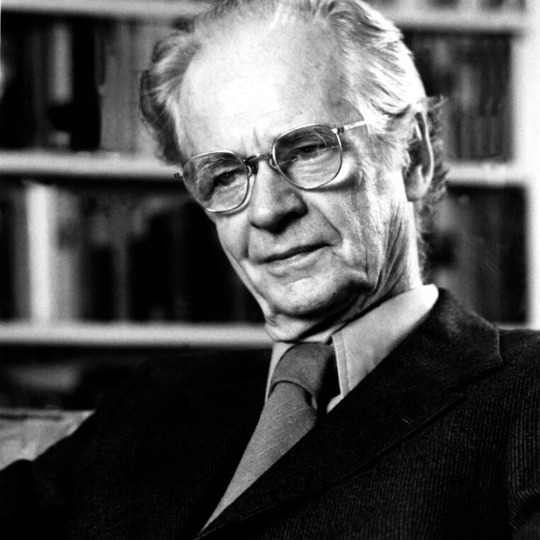
“Education is what survives when what has been learned has been forgotten.”
— B. F. Skinner
#b. f. skinner#literature#lit#literature lover#literature quote#literature quotes#philosophy#philosophical#philosopher#philosophers#philosophy of life#philosophy quote#philosophy quotes#quote#quotes#excerpts#excerpt#quoteoftheday#booklover#book#bookworm#books#book quotes#book quotations#booklr
46 notes
·
View notes